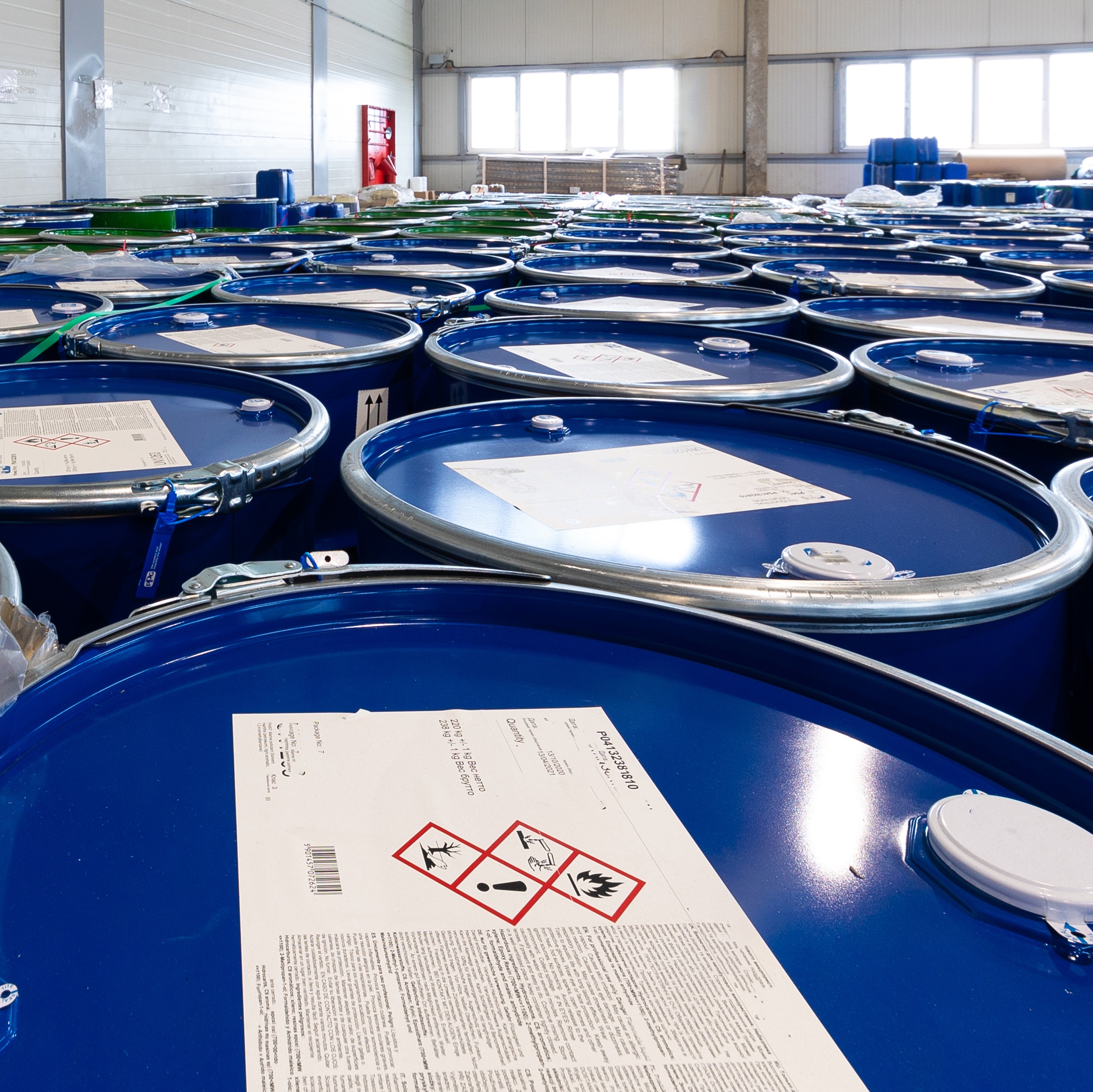
How the Border Target Operating Model Affects Chemical Label Formats
The UK’s Border Target Operating Model (BTOM), fully implemented in 2025, is reshaping how imported chemicals are managed and presented on the market. For manufacturers

The UK’s Border Target Operating Model (BTOM), fully implemented in 2025, is reshaping how imported chemicals are managed and presented on the market. For manufacturers
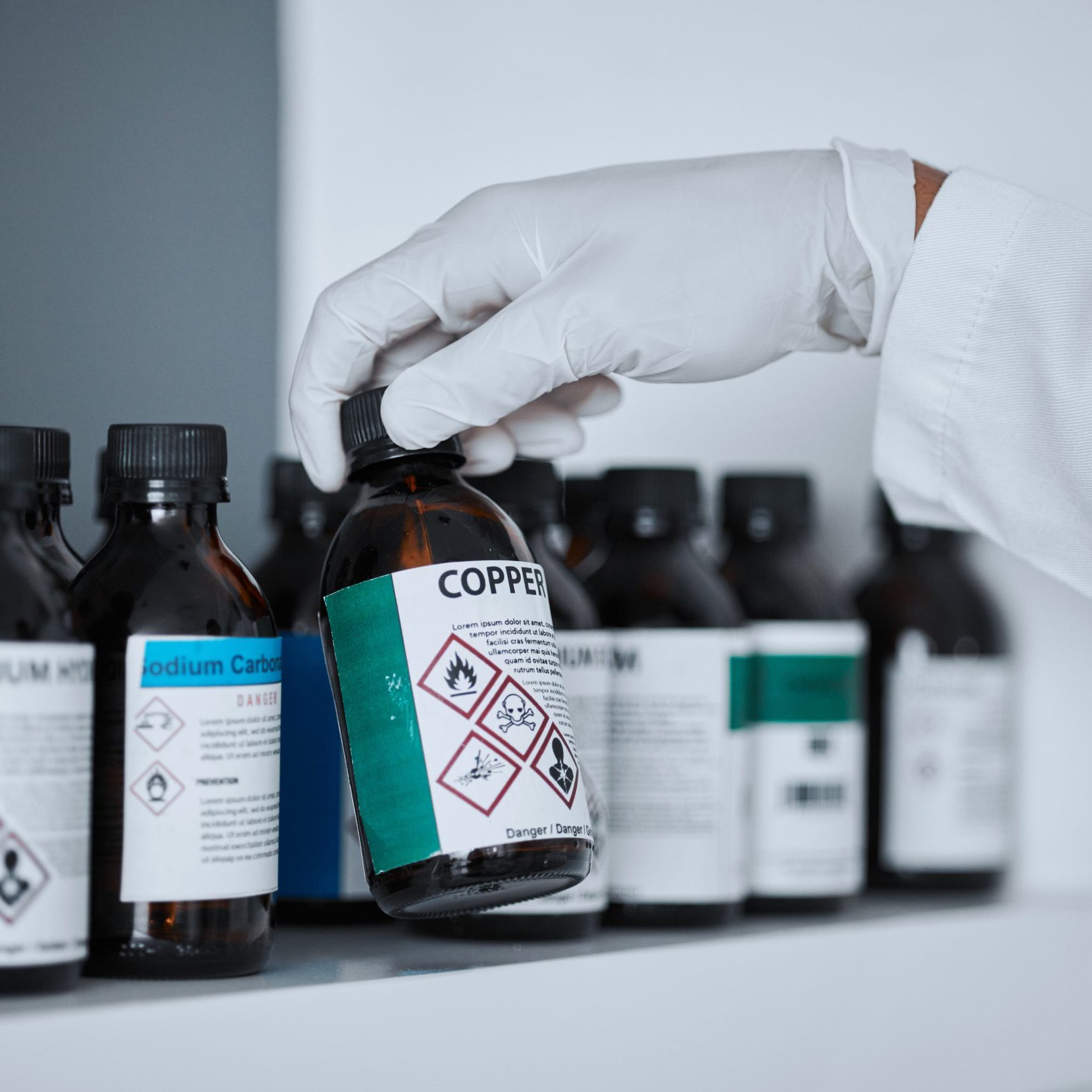
The European Union has issued major changes to the Classification, Labelling and Packaging rules that will come into force through the CLP 2025 regulation. Published
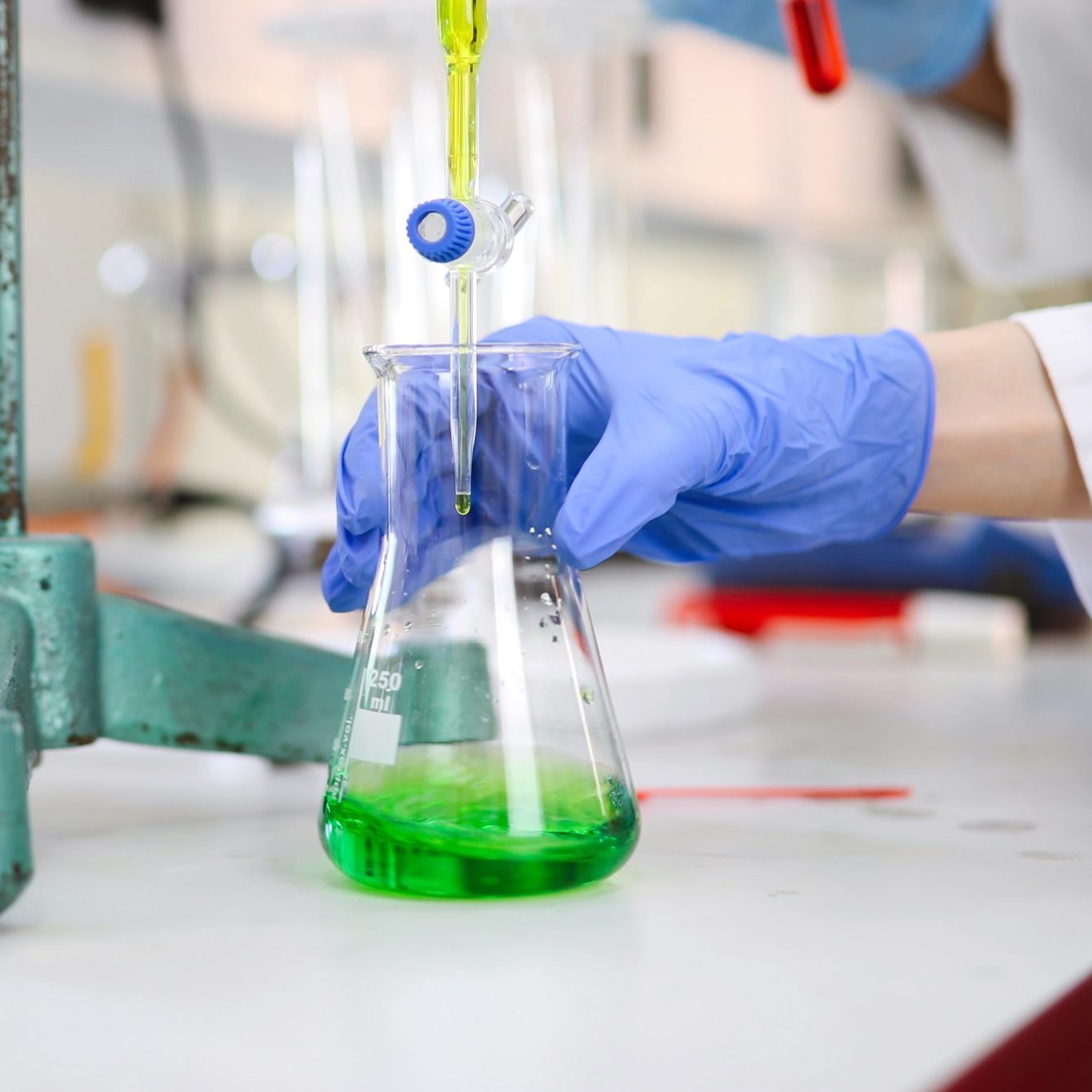
Since Brexit, chemical labelling rules in the UK have moved away from the EU system, but compliance demands have not relaxed. Businesses selling chemical products
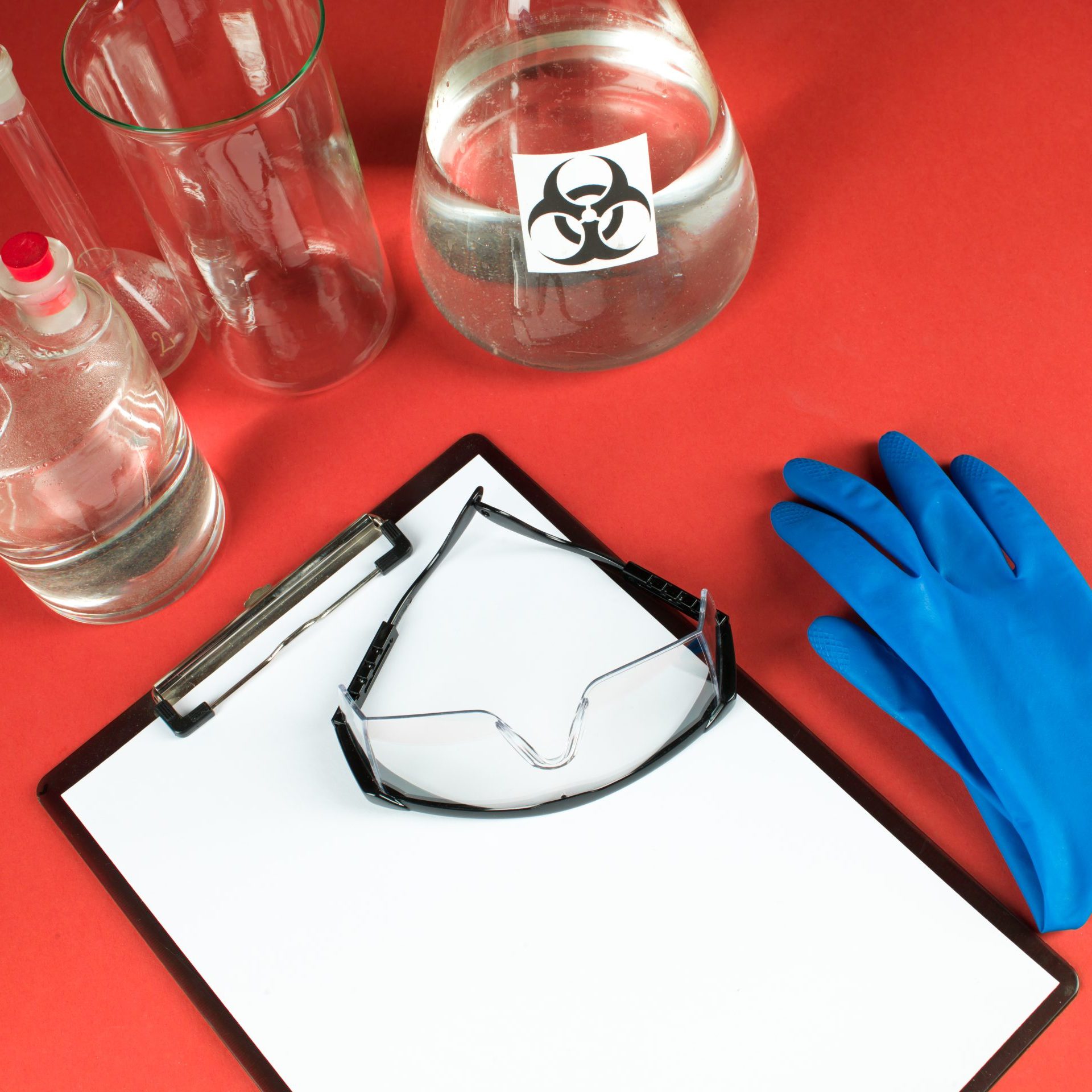
Introduction: Why the UK Chemical Industry Still Matters The UK chemical industry, long a cornerstone of the nation’s manufacturing and scientific prowess, now finds itself
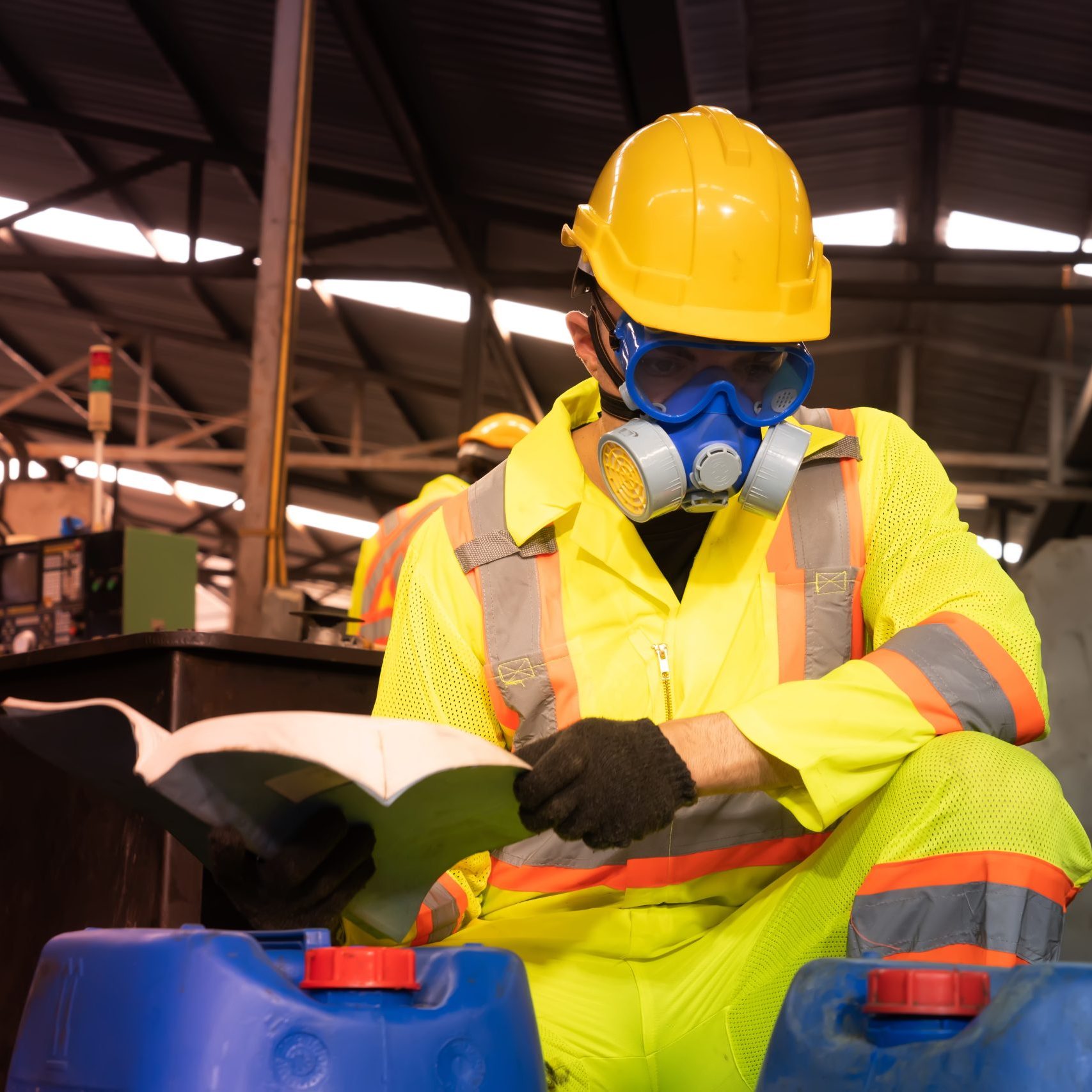
Small-scale chemical producers are still bound by the same legal labelling obligations as large manufacturers. Under the Classification, Labelling and Packaging (CLP) Regulation, all hazardous

The UK chemicals industry — long considered one of the country’s essential industrial sectors — is now navigating what’s being described as a period of

Since the UK left the EU, chemical regulations have been evolving under the domestic GB CLP framework. The latest updates to the Classification, Labelling and
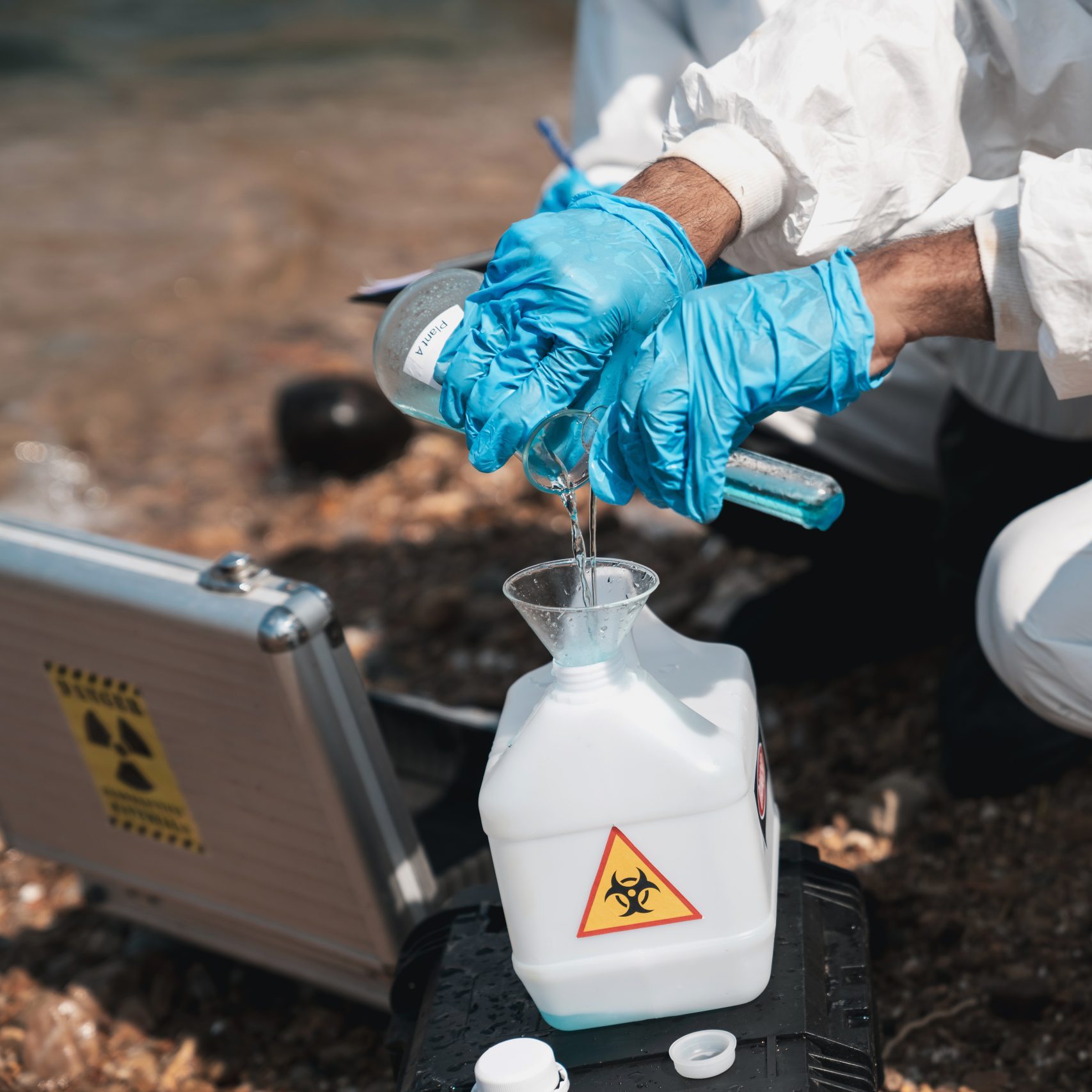
In a significant regulatory development, the UK Government has begun taking formal steps to align chemical labelling laws between Northern Ireland and Great Britain, addressing

The revised Regulation on Classification, Labelling, and Packaging (CLP) of Chemicals, which comes into force on December 10, represents a major step forward in safeguarding

The most significant update to U.S. chemical safety regulations in over a decade brings substantial changes to classification, labelling, and documentation requirements. Philip Mole of